Tajweed Rules: A Guide To All The Ahkam With Examples
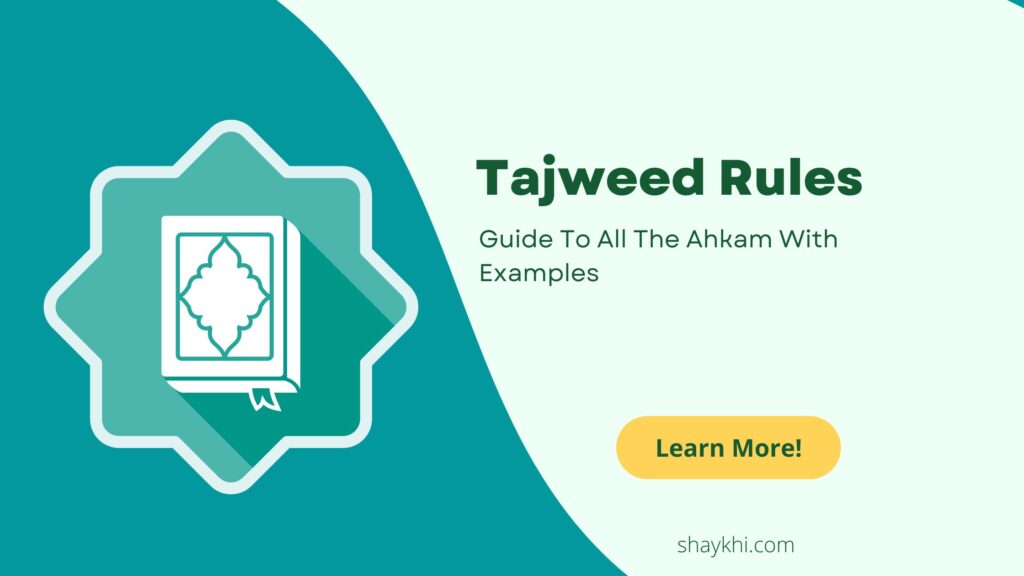
Tajweed rules, known as Ahkam al-Tajweed, are the guidelines for perfecting the recitation of the Quran, focusing on proper pronunciation, pauses, and elongations. Key rules include Waqf (stopping) and Ibtida (starting), which dictate where to pause and resume recitation. Harakat manage vowel sounds and elongations, while Hamzat al-Wasl covers the pronunciation of connecting Hamza. The […]
Madd Munfasil and Muttasil with Examples
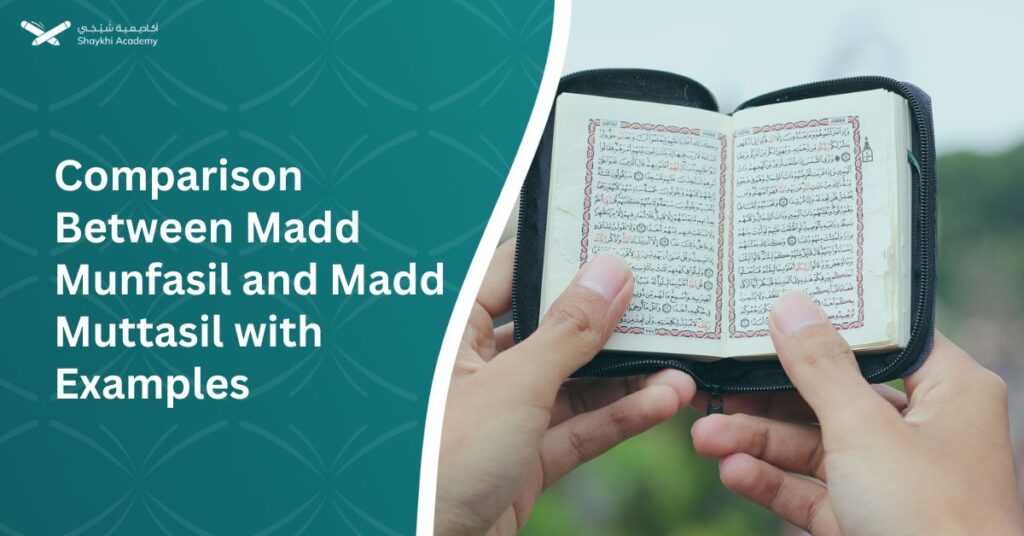
In the realm of Tajweed, the correct pronunciation and elongation (مَدّ, “madd”) of Quranic verses are foundational skills that enhance both the beauty and the precision of recitation. Madd, categorized into various types, plays a pivotal role in ensuring the proper articulation of vowels and consonants, thereby preserving the integrity of the Quran’s text. This […]
Madd Munfasil in Tajweed And Its Letters With Examples
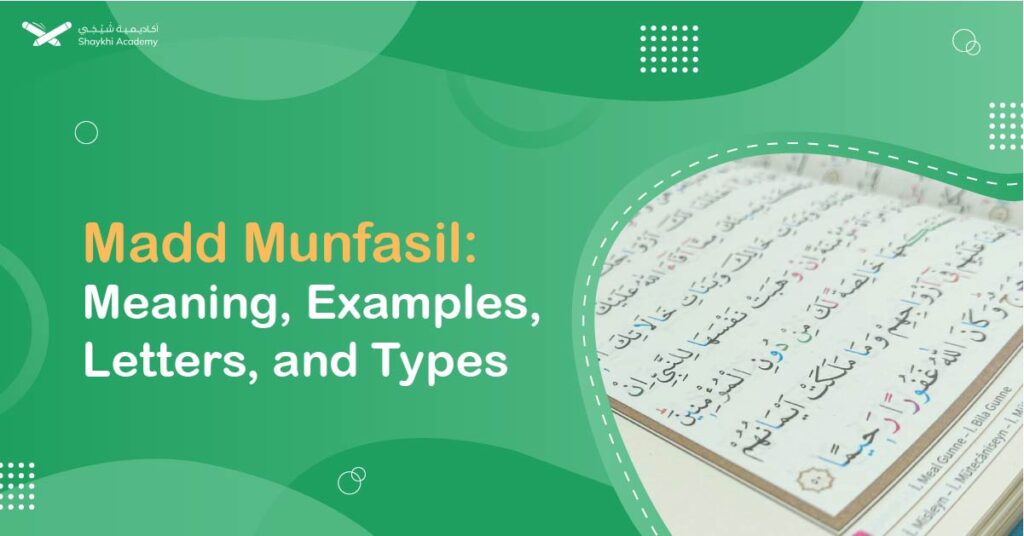
Madd Al-Munfasil refers to the elongation that occurs when an elongation letter (Alif, Waw, or Ya) ends one word, and a hamzah begins the next, connecting them in recitation. It is permissible (Jaiz) to either shorten (2 counts) or elongate (4–5 counts) based on the recitation method. Mastering the art of Quranic recitation (Tajweed) involves […]
Huroof Al Muqatta’ at Tajweed And Their Surahs And Benefits
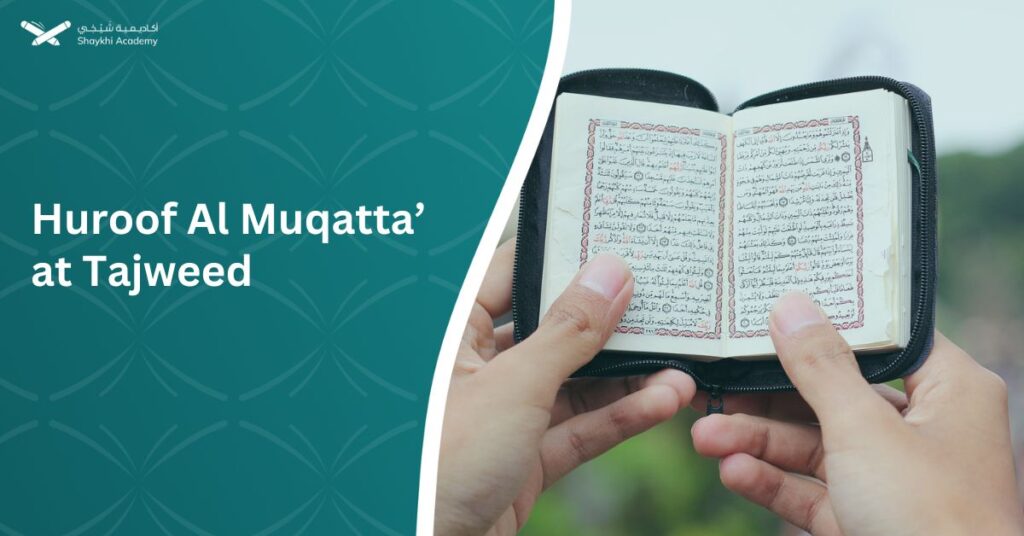
Huroof Al Muqatta’at are the disjointed letters starting 29 Quranic chapters, showcasing the Quran’s unique linguistic and divine qualities that defy replication by humans. Their meanings are known only to Allah, emphasizing the Quran’s unparalleled eloquence and serving as a profound act of worship through their recitation. The Holy Quran is full of secrets and […]
What Is Lahn In Tajweed? With Examples
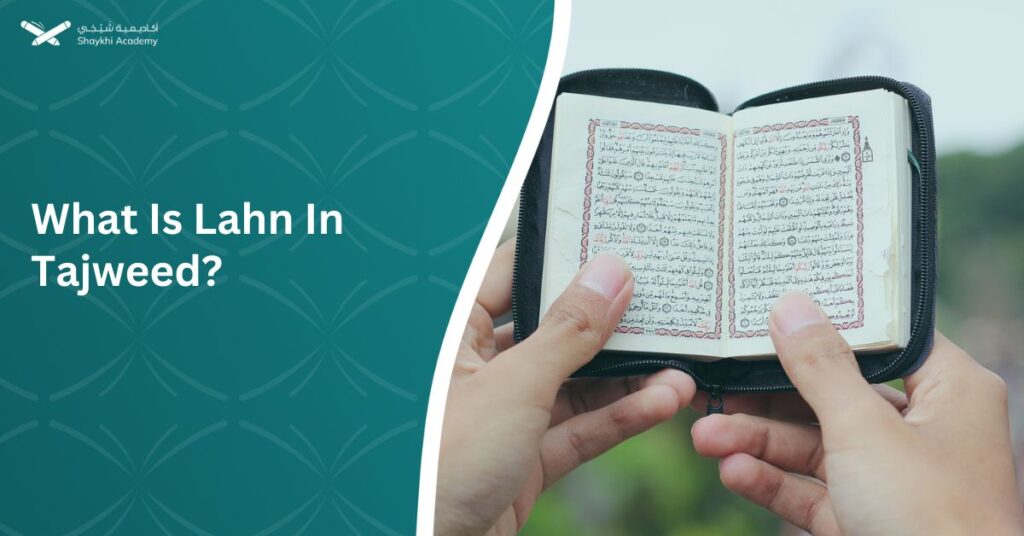
Reciting the Qur’an with tajweed (proper pronunciation) is an individual obligation (fard ‘ayn) for anyone who wishes to read any part of the Qur’an. Consequently, making errors in recitation is prohibited, and distorting the words of the Qur’an is considered sinful. Therefore, it is imperative for anyone reciting the Qur’an to be aware of common […]
Quran Verses and Hadiths About Tajweed And Its Importance
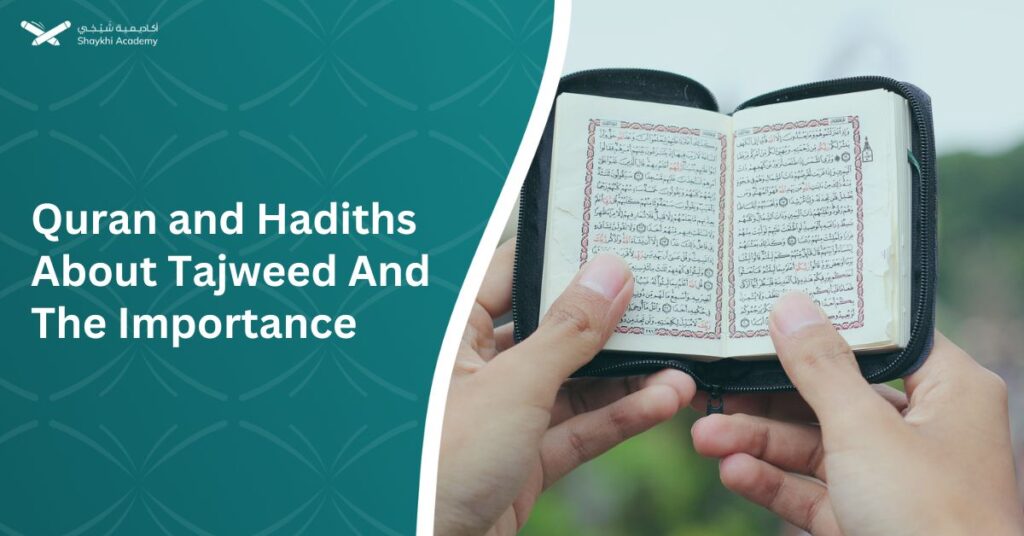
The science of Tajweed of the Holy Quran is one of the sciences that elevate a Muslim in rank before Allah Almighty. Learning the rules of Tajweed helps preserve the tongue from errors in the words of the Quran during recitation. It also aids in pondering over the meanings of the Quran, reflecting on its […]
Sifaat Al Huroof In Tajweed: Full Guide to The Characteristics of Letters

Sifaat Al Huroof In Tajweed: The Arabic language consists of 28 letters, each with its own articulation point and distinctive quality. Some letters may share the same articulation point, which is why each letter is given a unique characteristic to distinguish it from the others. Given that Arabic is the language of the Quran, the […]
Nabr in Tajweed With Examples
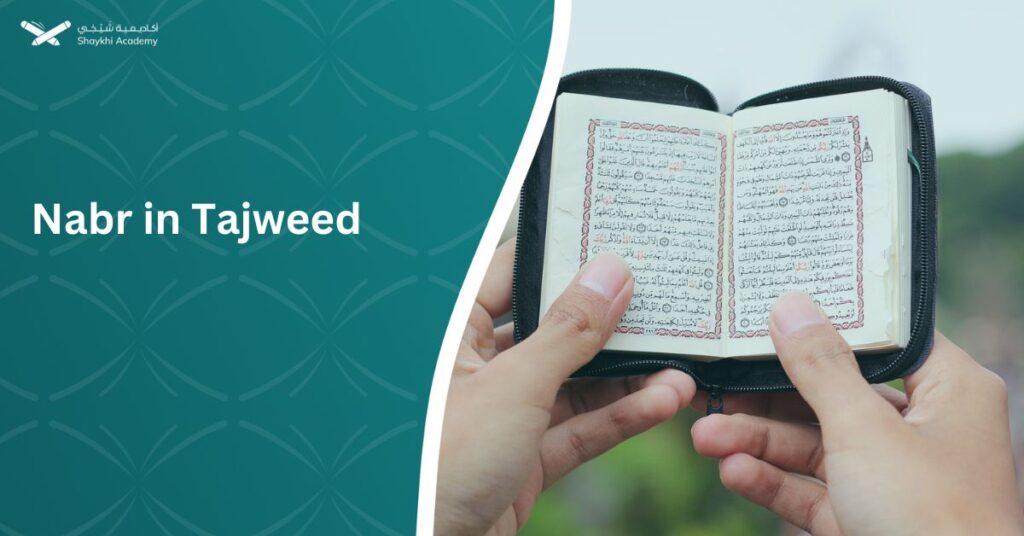
Stress (nabr) is one of the characteristics of some letters in Quranic recitation, and it occurs in specific contexts. A Quran reciter must comprehensively and proficiently learn the rules of Tajweed to ensure their recitation is beautiful and accurate. The Arabic language is beautiful and vast, with each letter having a specific point of articulation […]
What is Hams in Tajweed? With Examples
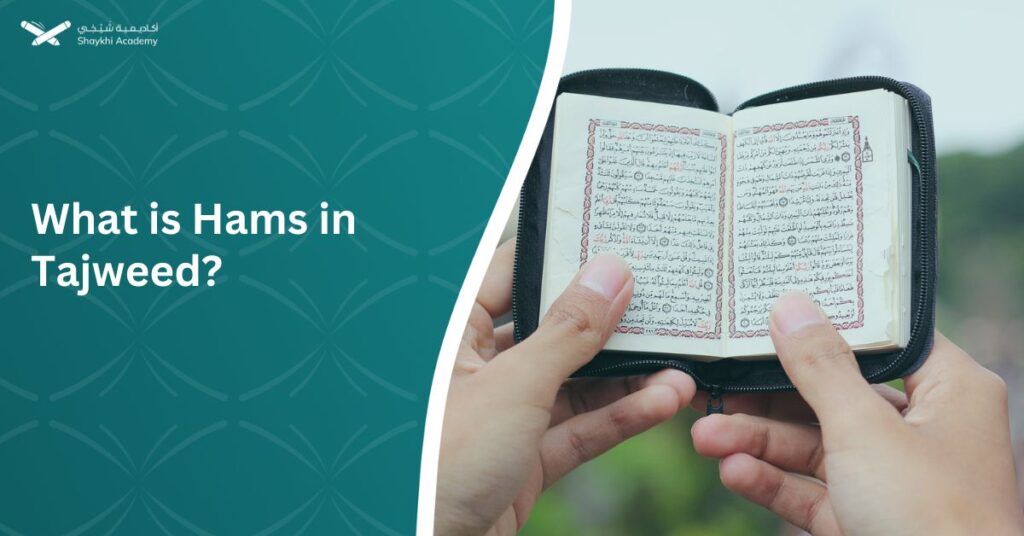
Tajweed is the discipline that encapsulates the rules governing the pronunciation of the Quranic text during recitation. Among these rules is the concept of “Hams,” which falls under the category of letter articulation and characteristics in Arabic language. Hams refers to a specific attribute: linguistically, it means “concealment” and technically, it refers to the softening […]
Tajweed Worksheets For Kids To Practice All Tajweed Aspects
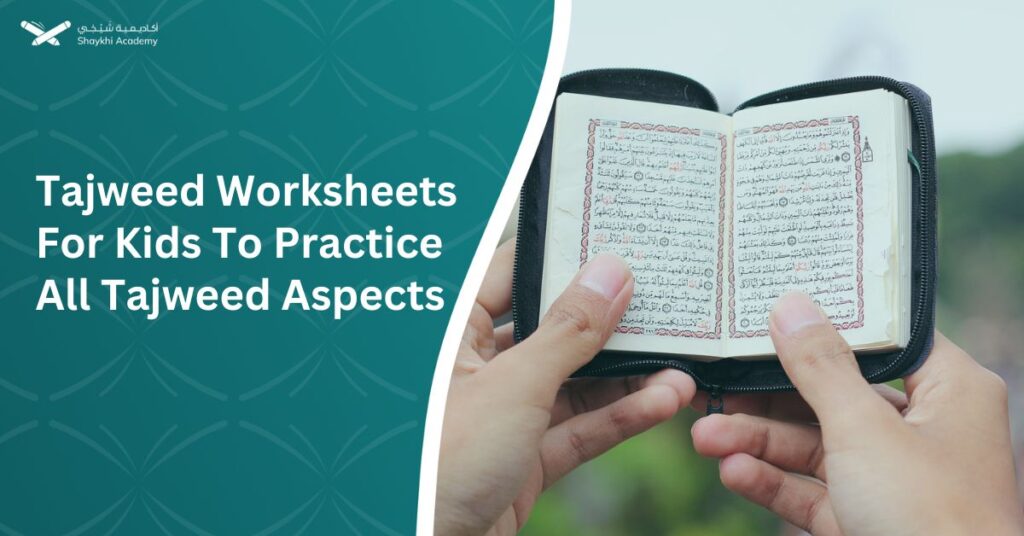
Tajweed, the set of rules governing the correct pronunciation and recitation of the Quran, is crucial for ensuring that the words of the Quran are articulated accurately and beautifully. For children, learning Tajweed can be both a challenging and rewarding experience. To aid in this educational journey, Tajweed worksheets are often used as practical tools. […]
What is Hamzatul Qat? With Worksheet And Comparison With Hamzatul Wasl – Best Guide
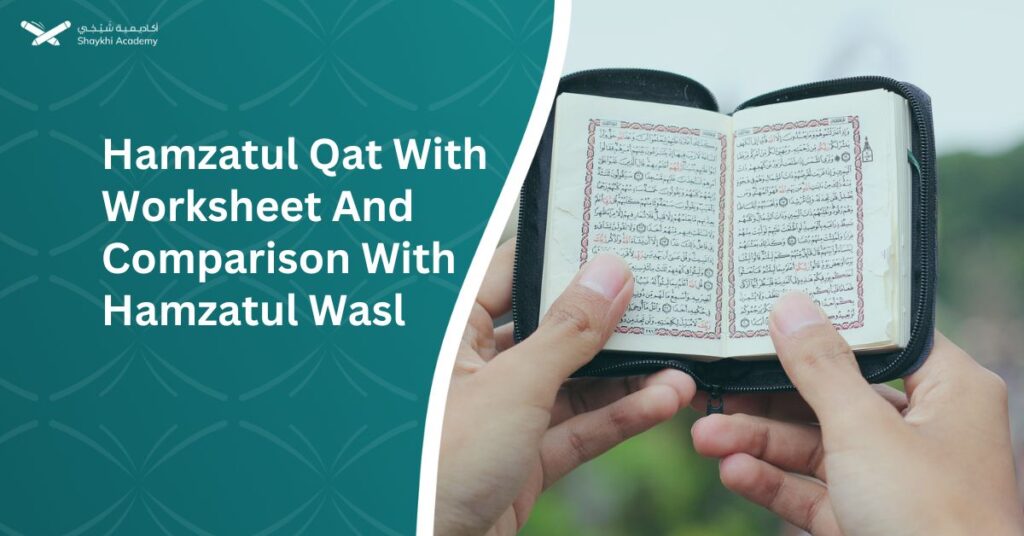
Hamzatul Qat (همزة القطع), or the “cutting hamza,” is a fundamental element in Arabic pronunciation that is always pronounced, whether it appears at the beginning, middle, or end of a word. Its presence is marked by a visible hamza (ء), ensuring clarity and preventing misinterpretation. In Quranic recitation, the correct application of Hamzatul Qat is […]
Tafkheem and Tarqeeq of Raa: The Rules With Examples
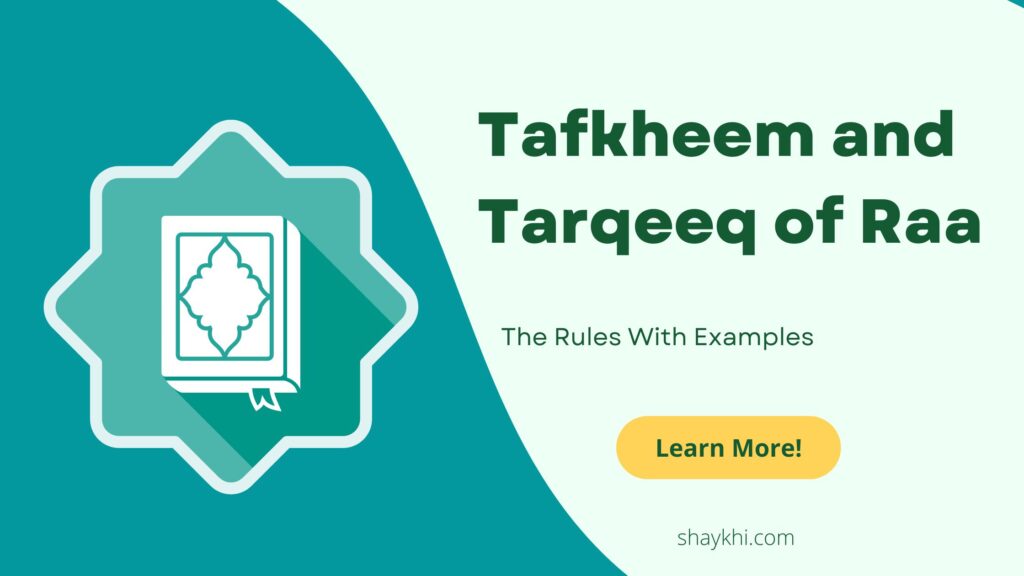
The letter “Raa” in Tajweed can be pronounced with either Tafkheem (emphasis) or Tarqeeq (lightness), depending on its position, the surrounding letters, and the associated vowel marks. Tafkheem thickens the sound, making it heavier, while Tarqeeq lightens it, resulting in a softer pronunciation. Understanding and applying these rules enhances the beauty and clarity of Quranic […]
